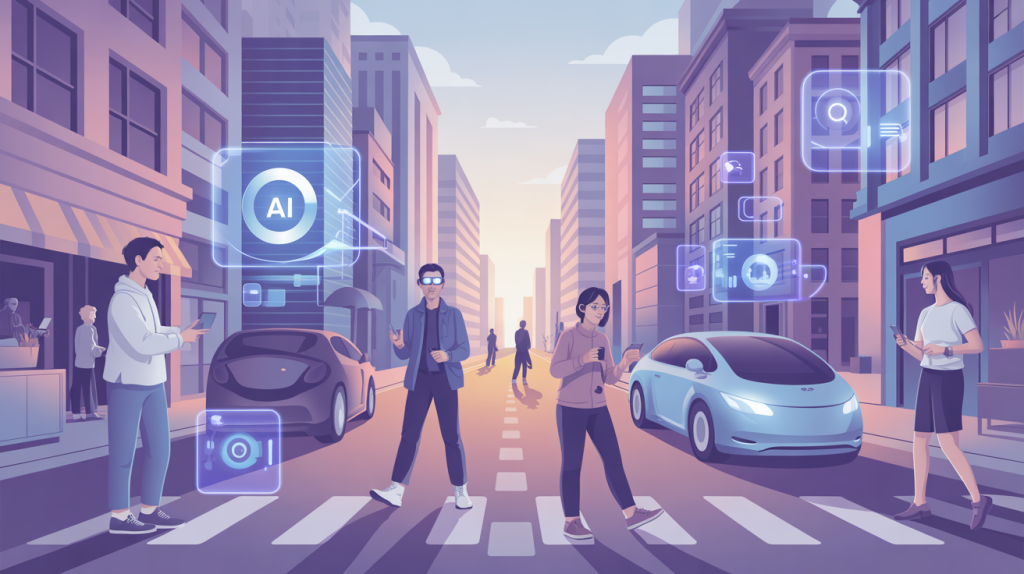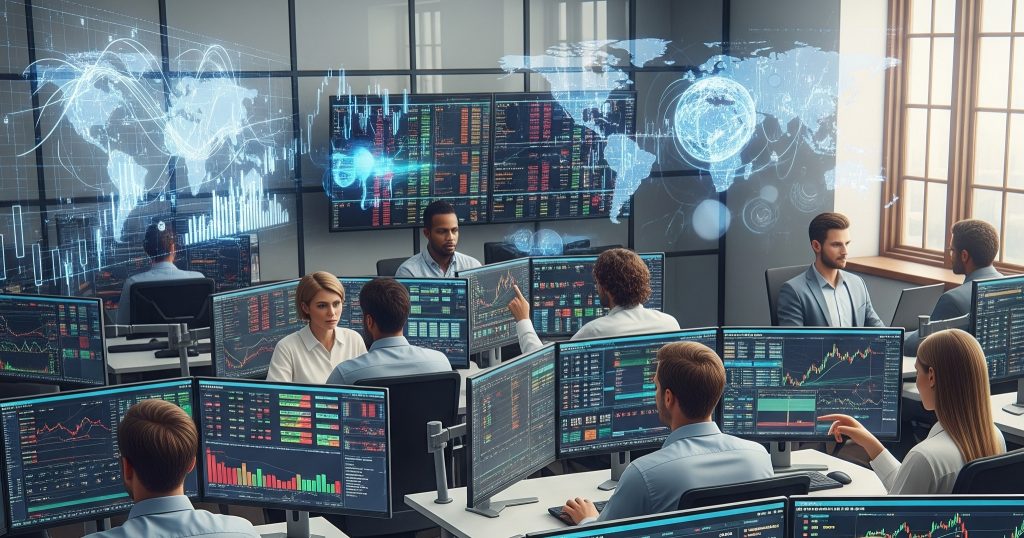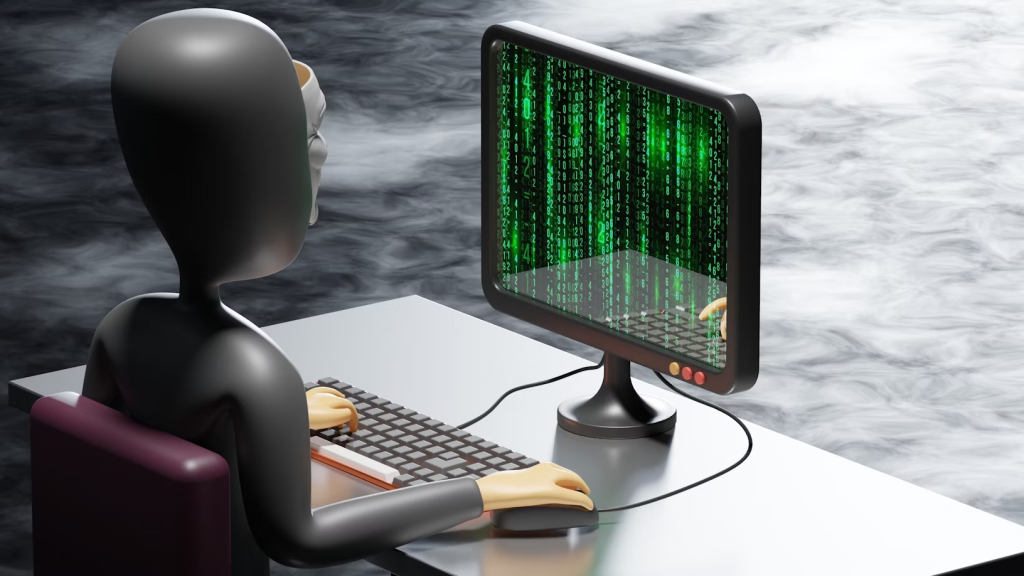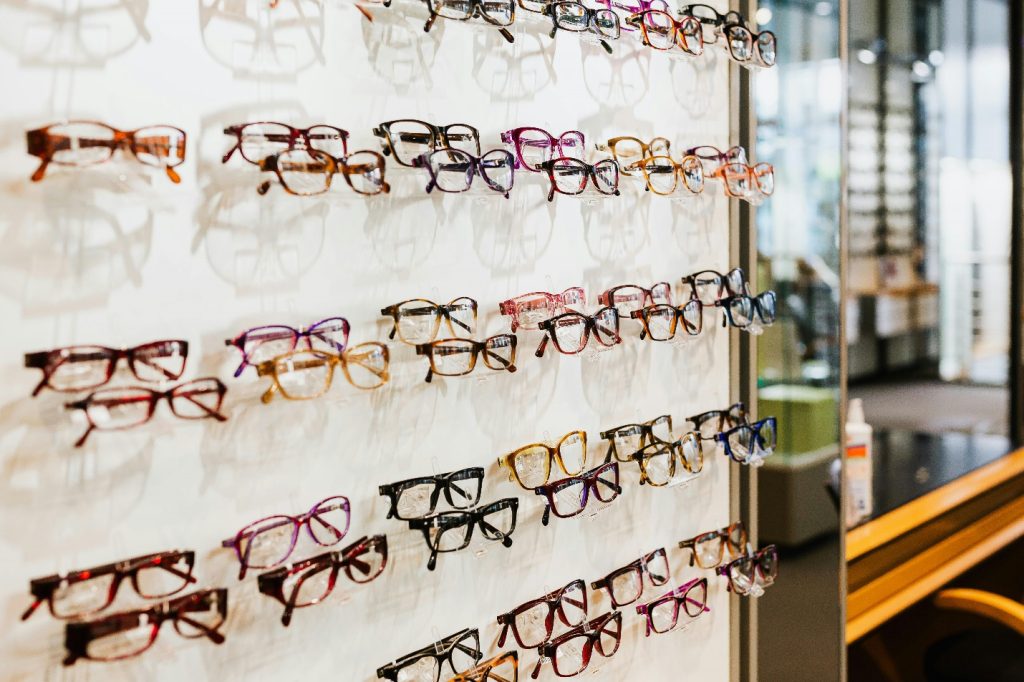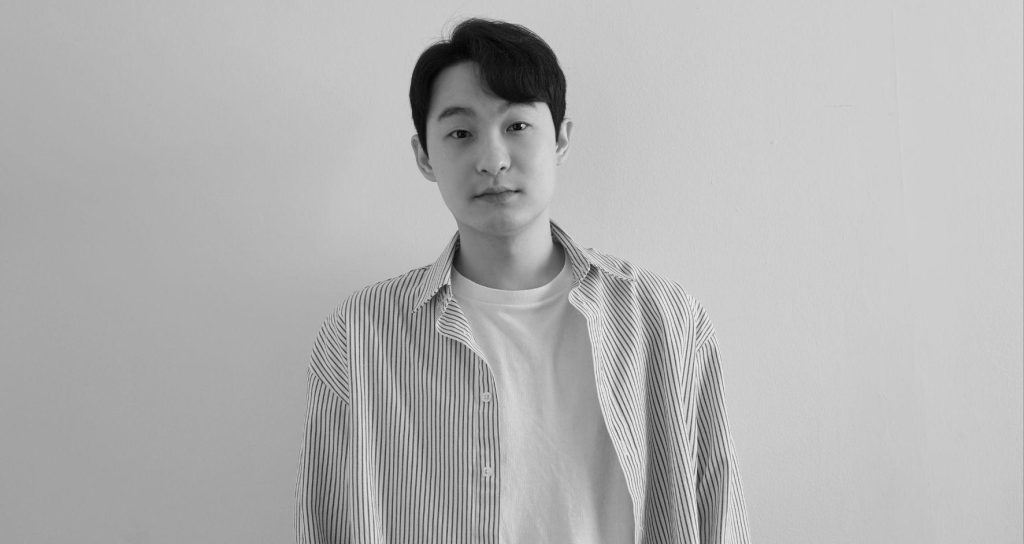We are standing at the threshold of a revolutionary transformation—one powered not by industrial machinery or space travel, but by algorithms, data, and machine intelligence.
Welcome to the AI era, where artificial intelligence is rapidly reshaping every corner of our personal and professional lives.
From how we communicate and work to how we make decisions and even find love, AI is no longer a futuristic idea—it’s our present reality, and its influence is only growing.
The Rise of AI: From Concept to Reality
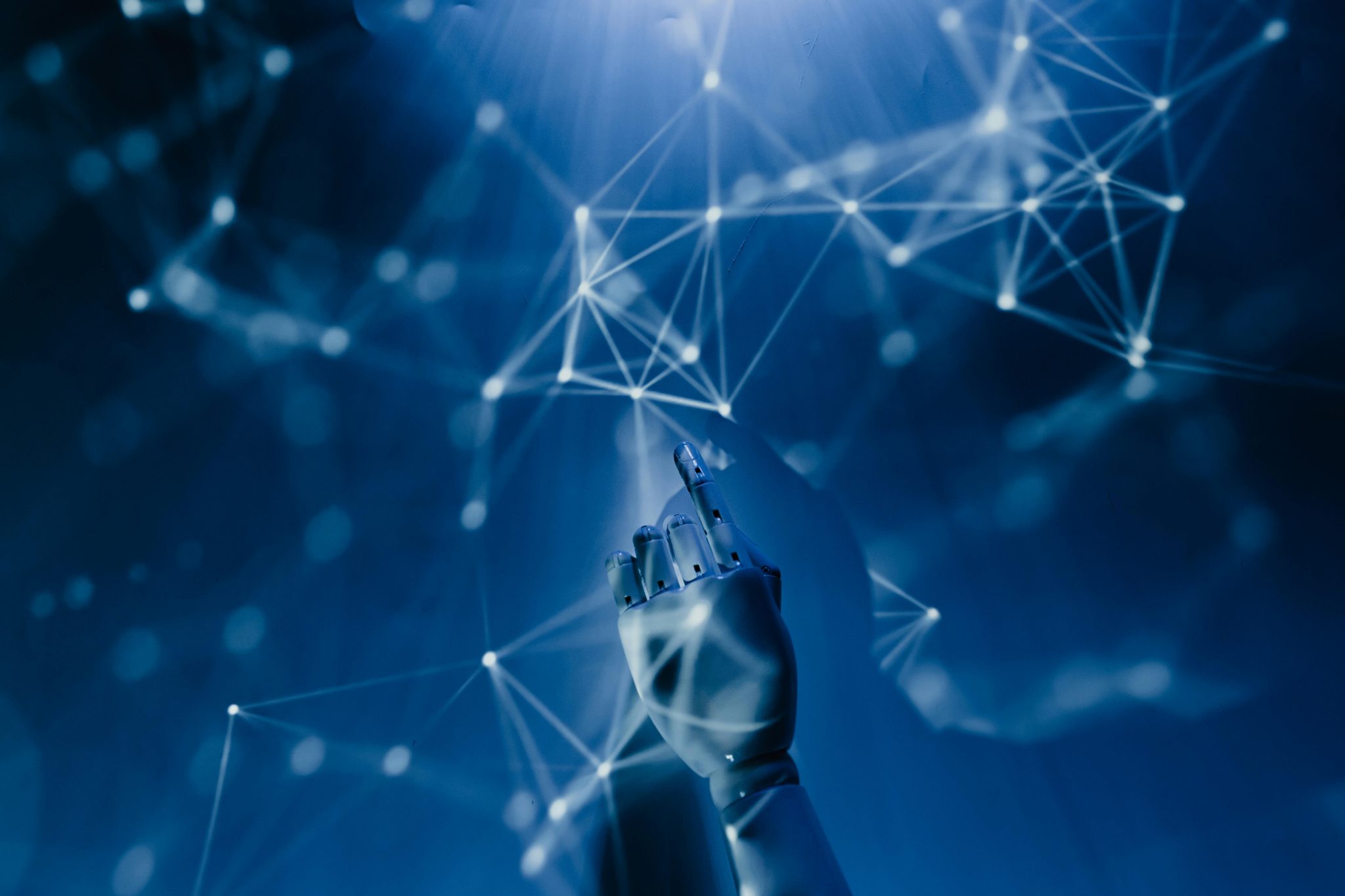
Artificial Intelligence is not a new concept. The idea of creating intelligent machines has been around since the 1950s. But until recently, the technology was limited by computational power and a lack of large-scale data.
Now, thanks to the explosion of cloud computing, big data, and advanced algorithms, AI has grown from a niche research field into a core component of modern innovation.
According to a 2024 report by PwC, AI could contribute up to $15.7 trillion to the global economy by 2030, with $6.6 trillion coming from increased productivity and $9.1 trillion from consumption-side effects. That’s a staggering number, pointing to how deeply AI will impact global markets.
Everyday AI: It’s Closer Than You Think
You might not realize it, but you interact with AI every day. Whether you’re using Google Maps, watching Netflix recommendations, or talking to Siri, AI is the engine behind these services. In fact, one of the most widespread and visible applications of AI today is through AI chatbots.
AI chatbots are now being used in customer service, healthcare, education, and even mental health. Companies like OpenAI, Google, and Meta have developed sophisticated language models capable of understanding and generating human-like responses.
These tools can handle customer inquiries, schedule appointments, and even assist with therapy sessions. In 2023 alone, the use of AI chatbots in customer support reduced operational costs by up to 30% for many businesses.
The Workforce is Evolving
One of the most significant impacts of AI is in the workforce. While some fear AI will lead to mass unemployment, the reality is more nuanced.
AI is automating repetitive and data-heavy tasks, freeing up human workers to focus on more strategic, creative, and emotionally intelligent roles.
A World Economic Forum report predicts that AI will displace 85 million jobs by 2025 but will also create 97 million new roles—particularly in areas such as data analysis, software development, digital marketing, and human-machine interaction.
Rather than replacing humans, AI is augmenting our abilities. For instance, doctors are using AI-powered diagnostic tools to detect diseases earlier and with greater accuracy.
Financial analysts are relying on machine learning algorithms to sift through massive datasets and predict market trends. In agriculture, AI helps optimize crop yields and monitor soil health in real time.
Ethical Concerns and AI Governance
As AI grows more powerful, so do the ethical and regulatory concerns surrounding it. Deepfakes, misinformation, surveillance, and algorithmic bias are real issues that require urgent attention.
We’ve already seen how social media platforms, powered by AI, can be manipulated to influence elections and spread false information.
This is where AI detectors come into play. These tools are designed to identify AI-generated content and help maintain transparency in digital communication.
In academic institutions and professional settings, AI detectors are becoming increasingly important to distinguish between human-written and AI-generated work—ensuring integrity and authenticity.
For example, OpenAI and other companies have developed systems that can detect whether a piece of writing was likely created by an AI model.
This technology is critical as students, journalists, and professionals increasingly rely on AI-generated content. It’s a safeguard against misuse and a step toward responsible AI adoption.
Personal Life Meets AI
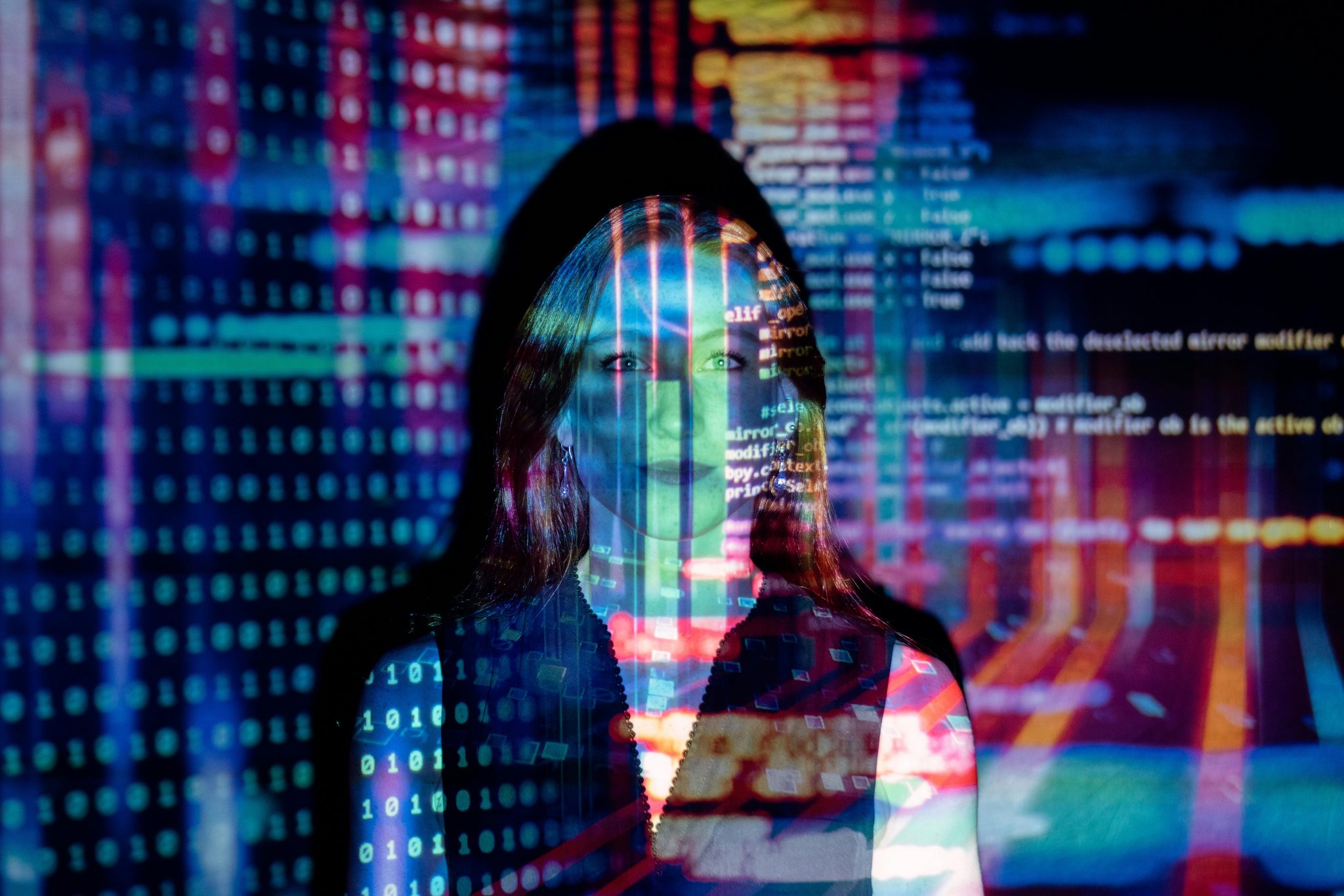
Beyond the workplace and public sectors, AI is becoming a companion in our personal lives. Virtual assistants like Alexa and Google Assistant help manage daily tasks. Personalized recommendation engines suggest books, movies, and even dating matches based on our preferences and behavior patterns.
The dating world, in particular, has seen a surge in AI integration. Algorithms now match people based on personality traits, interests, and even communication styles.
Some platforms use AI chatbots to simulate conversations and help users improve their communication skills before interacting with real people.
Even mental health apps now feature AI-driven emotional support systems, offering cognitive behavioral therapy techniques and mood tracking based on users’ interactions.
While these tools aren’t a substitute for human therapy, they provide accessible and scalable support, especially in regions with limited mental health resources.
The Role of Generative AI
The most talked-about breakthrough in AI in recent years is generative AI. These systems can create text, images, music, and even videos from simple prompts.
Tools like ChatGPT, DALL·E, and Midjourney are giving creators superpowers, enabling anyone with a good idea to produce high-quality content in minutes.
Generative AI is reshaping industries like marketing, publishing, and design. Businesses can now generate product descriptions, social media posts, ad copy, and visual designs with minimal human input.
But it also raises questions about originality, intellectual property, and employment for creatives.
Still, it’s worth noting that AI is only as good as the data it’s trained on. Human creativity, judgment, and ethics remain irreplaceable—at least for now.
Challenges and the Road Ahead
As promising as AI is, it’s not without its hurdles. Data privacy, algorithmic transparency, and digital inequality are major issues that need to be addressed.
There’s also the risk of over-reliance on automation, which can lead to complacency or loss of critical skills among humans.
Another big concern is the concentration of power. A few tech giants control the most advanced AI systems and the data they run on.
This creates a power imbalance and raises questions about fair access, competition, and accountability.
That said, governments and international organizations are beginning to step in. The European Union has introduced the AI Act to regulate high-risk AI systems.
Meanwhile, global collaborations are emerging to ensure AI is developed and used in ways that are safe, ethical, and beneficial to all.
Final Thoughts
The AI era is not a distant future—it’s here and evolving rapidly. From AI chatbots enhancing communication to AI detectors ensuring content authenticity, the landscape is changing before our eyes.
The key is not to fear AI but to understand it, adapt to it, and guide its development with a strong moral and ethical compass.
We are entering a new age of technology—one that holds immense promise if used wisely.
The future will belong not just to those who build AI, but to those who learn how to work with it, question it, and most importantly, shape it for the betterment of humanity.


